Wondermondo 🢖 World 🢖 Wonders of Asia 🢖 Wonders of North Korea
Territory
Wonders of North Korea
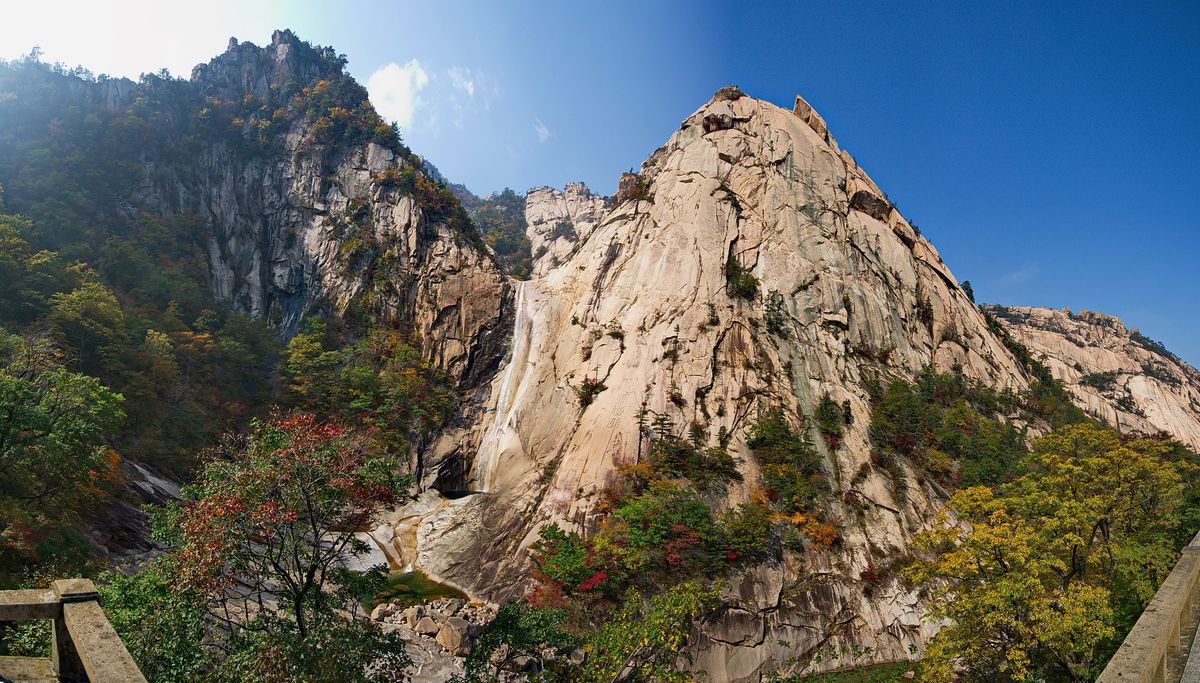
 Highlights
Highlights
It is not that easy to find representative information about the most interesting landmarks and attractions in North Korea.
Devastating wars have not erased fully the unique heritage of Ancient and Medieval Korea, nature in North Korea is gorgeous and Koreans are deservedly proud of their heritage. But a major part of the country is not open to foreign tourists, not described in tourist booklets or even scientific works. Due to this, the list below could miss many outstanding landmarks.
The most amazing (known) wonders of North Korea are:
- Ancient royal mausoleums. Several mausoleums still are adorned with millennia-old murals, have interesting architecture and planning. An outstanding landmark is Dangun Mausoleum – a pyramid that could be 5 thousand years old.
- Ancient fortifications. The giant forts around Pyongyang were surrounded by walls extending for many kilometers – like smaller cousins of the Great Wall of China.
Most tourists bring from North Korea images of macabre structures built to serve as tools of propaganda for the current regime. Well… there might be needed a time distance to appreciate this kind of heritage – when this will be a part of a rather distant past.
Map with the described wonders of North Korea
If you see this after your page is loaded completely, leafletJS files are missing.
 Top 25 wonders of North Korea
Top 25 wonders of North Korea
Folklore wonders
Cheonji – abode of Lake Tianchi monster
Ryanggang
According to legends and modern stories in this beautiful crater lake lives a monster.
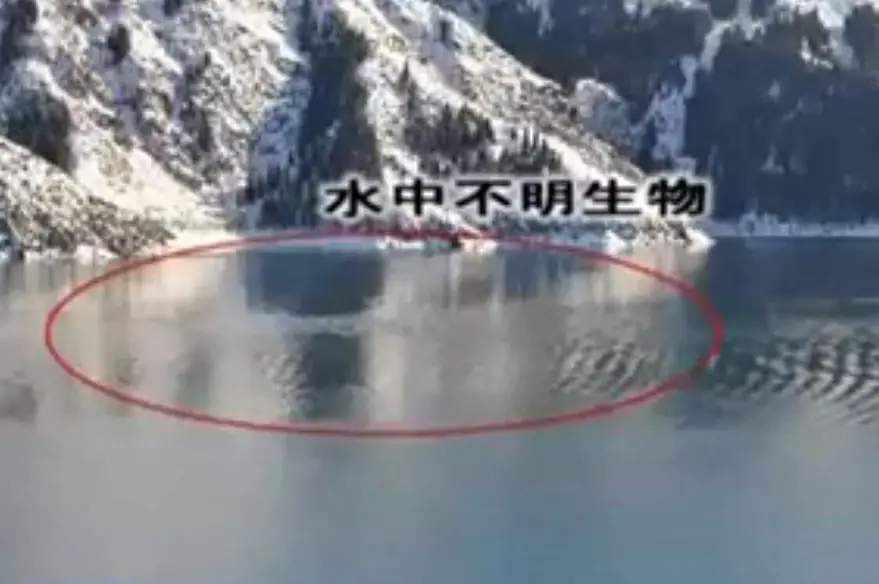
Archaeological wonders
Dangun Mausoleum (Tangun)
Pyongyang
Purported tomb of Dangun – the founder of the first Korean kingdom. The enormous complex includes the 22 m high and 50 m wide burial pyramid, which was built at least 5 000 years ago. The complex includes numerous sculptures.
Tokhung-ri Mausoleum
South Pyongan
A royal burial mound, built in 408 AD. Contains decorative paintings showing daily scenes and star constellations.
Taehungsan Fortress
North Hwanghae
Enormous castle – fortress with some 10 km of stone walls, built several millennia ago. A major part of the walls has collapsed and is in ruins.
Anak Tomb No.3. (Kogukwon Mausoleum)
South Hwanghae
Mausoleum of Goguryeo from 357 AD, with valuable inscriptions and fine murals.
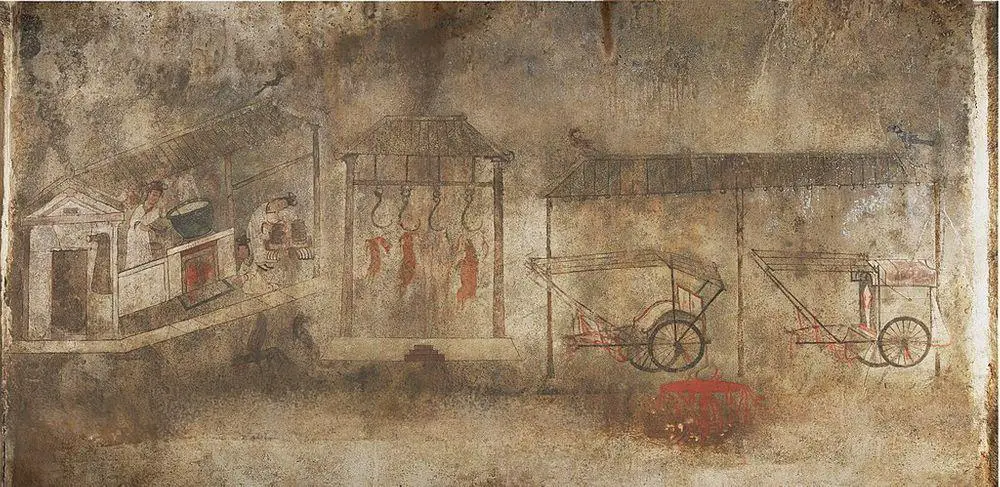
Kangso Three Tombs
South Pyongan
Three mounds – mausoleums from the 7th century. Contain murals that show mythical beings.
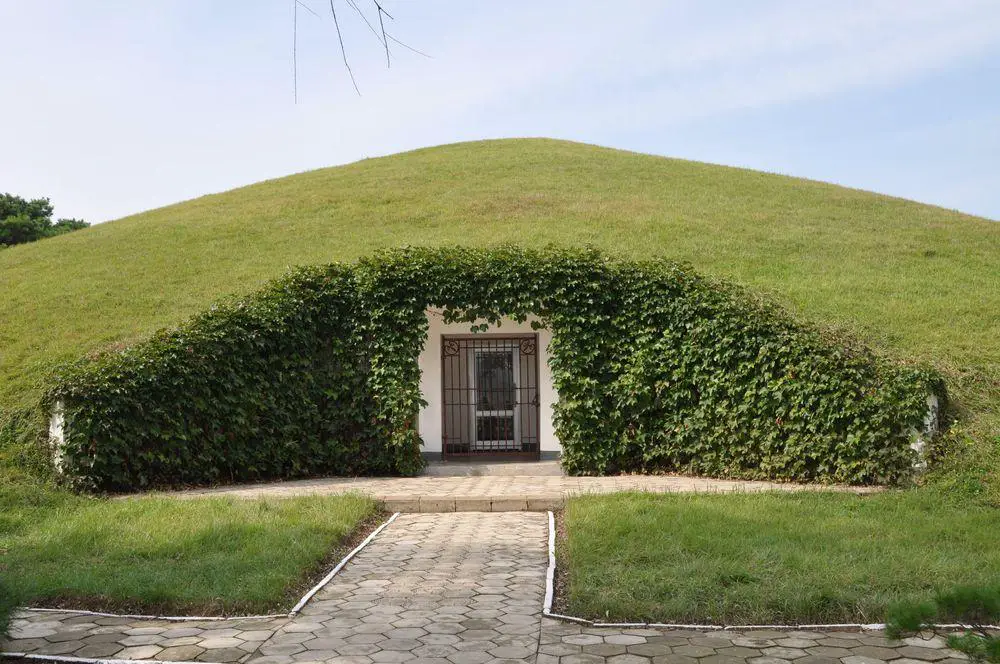
Architecture wonders
Hwangryong Fortress
South Pyongan
Ruins of an impressive fortress, developed in the time period from the early 5th century AD to 1675. Walls are 10 – 11 m high, 6 – 8 m wide, and have a circumference of 6.6 km. Most of the walls are built on mountain ridges.
Pyohun-sa
Kangwon
The only large Buddhist temple in this part of the country that survived the Korean War. Founded in the 7th century, contains many values of art and architecture.
Ryangchon Temple
South Hamgyong
Buddhist temple, founded in 753. Three ornate buildings remain – Taeung Hall, Manse Pavillion and Muryangsu Hall.
Pohyon-sa
North Pyongan
Korean Buddhist temple, established in 1024. Pilgrimage site with numerous very ornate buildings. Contains the nine-story Tabo Pagoda which was built in 1044 and the small 13-story Sokka Pagoda which was built in the 14th century.
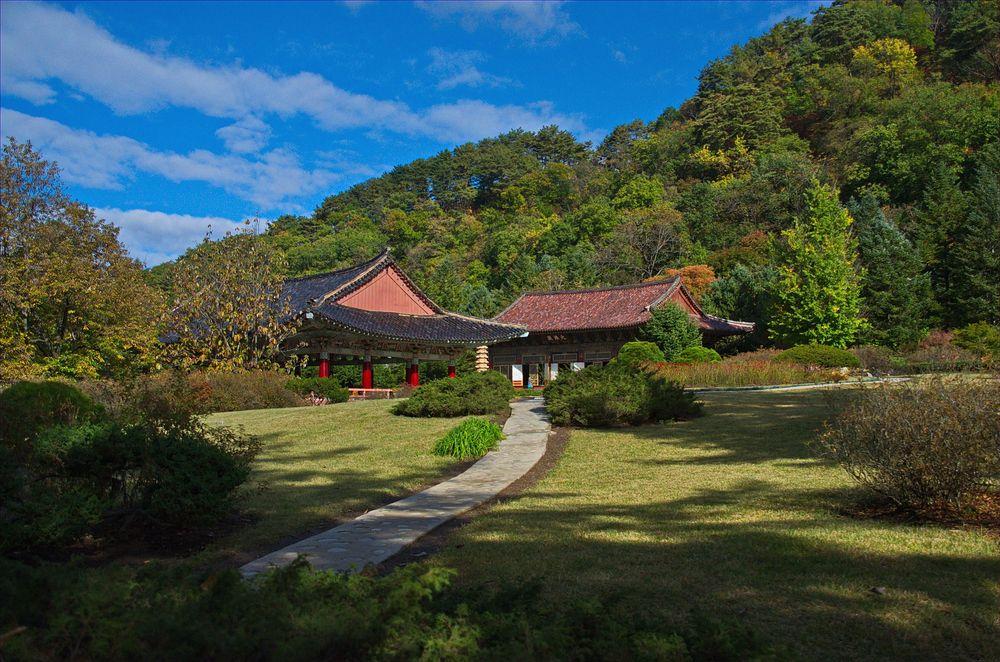
Songgyungwan Academy
North Hwanghae
This higher education institution was established in 1089. It has more than 20 buildings, two more than 500 years old ginkgo trees, and a more than 900 years old zelkova tree.
Songbul-sa temple
North Hwanghae
Korean Buddhist temple, founded in 898 AD, contains some of the oldest wooden buildings in the country, e.g. Ungjin Hall which was constructed in 1327.
Sungin Hall
Pyongyang
A large shrine that was constructed in 1325. This is a fine example of the elaborate Korean architecture of these times.
Woljong temple
South Hwanghae
Magnificent Buddhist temple that was founded in the 9th century. Most of its buildings were rebuilt in the 15th century.
Ryugyong Hotel
Pyongyang
Skyscraper with an unusual, pyramidal form. Height – 330 m, 105 floors, constructed in 1987 – 2013.
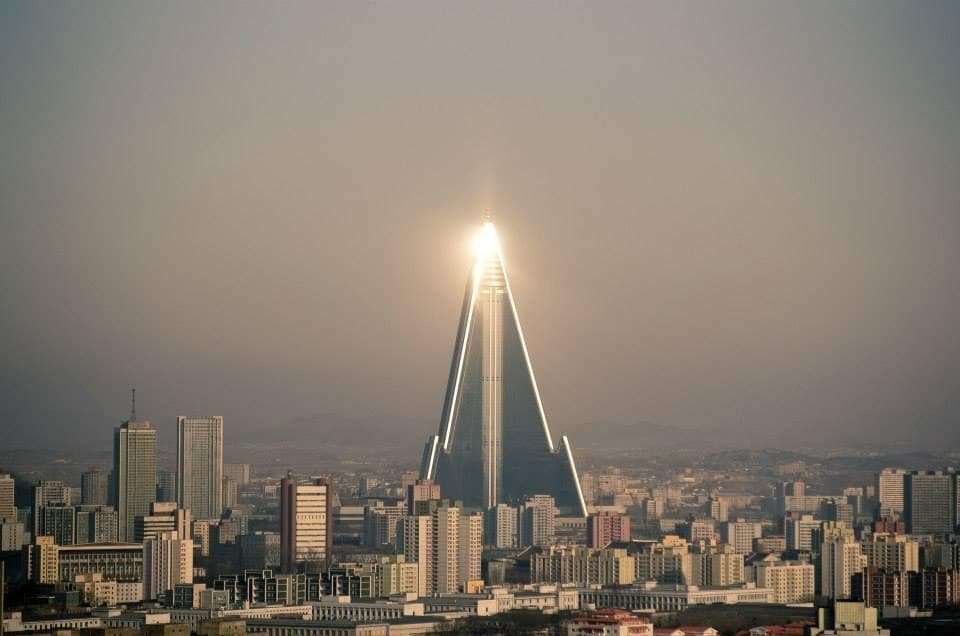
Anguk-sa
South Pyongan
The Buddhist temple complex, founded in 503, rebuilt several times. Here grows an old ginkgo tree that was planted around 1400.
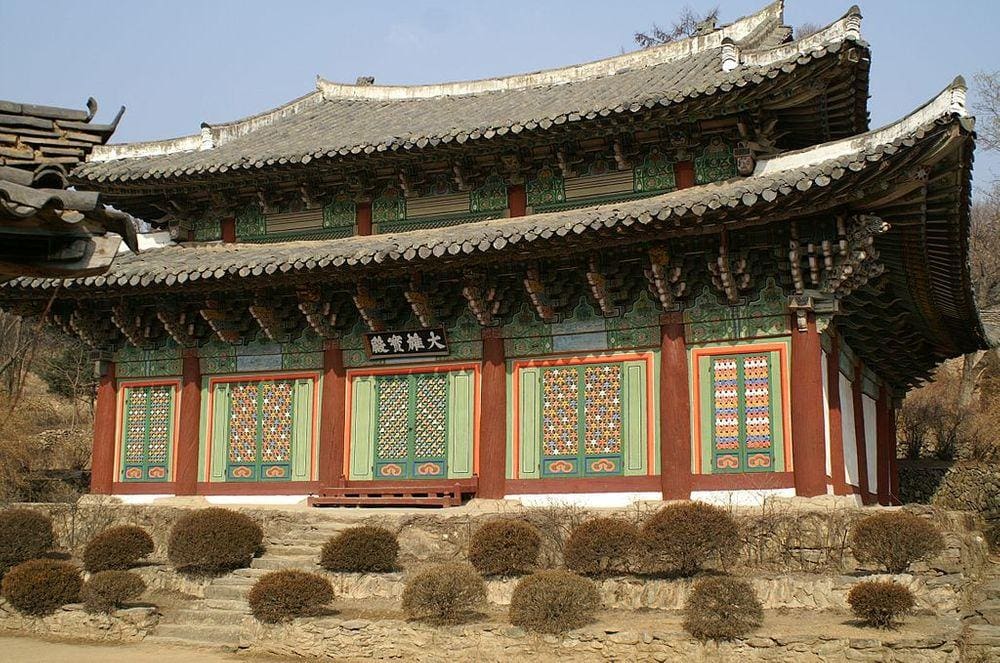
Kwanum-sa
North Hwanghae
Korean Buddhist temple, founded in 970 AD. Temple built in 1393, contains many valuable relics. Includes Kwanum Cave with ancient statues.
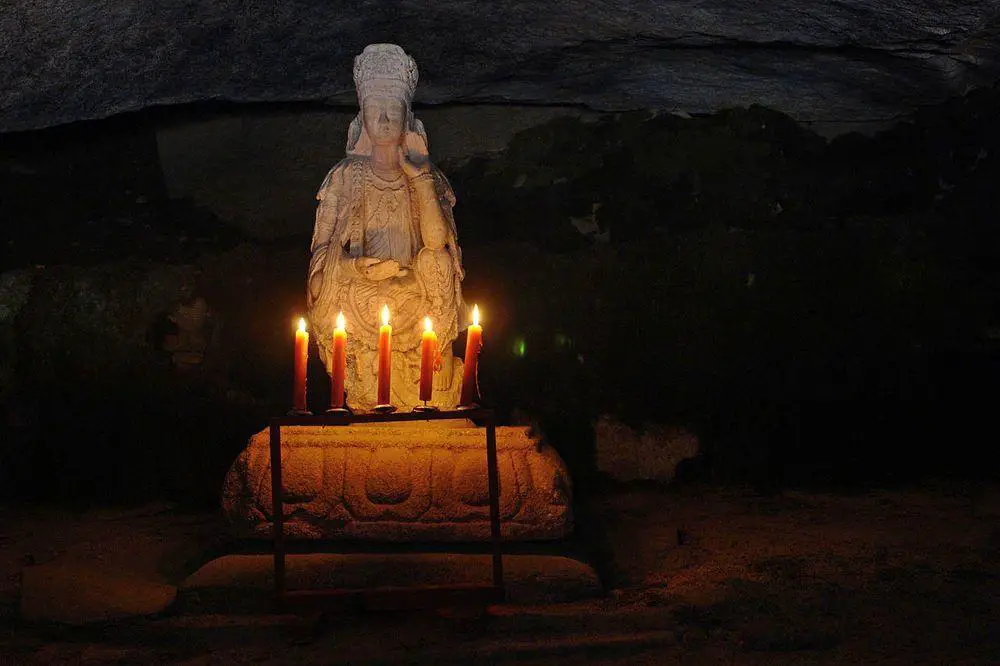
Anrung
North Hwanghae
A well-preserved royal burial from the 10th century. Contains guardian statues and murals, including a mural on the ceiling showing stars.
Kaesim Temple
North Hamgyong
This Buddhist temple was founded in 826, it is a repository of many Buddhist art items. Contains six buildings that were built mainly in the late medieval times.
Hurŭng Royal Tomb
North Hwanghae
A mausoleum – two separate burial mounds of the second king of the Joseon dynasty, built in 1412 – 1419. Adorned with granite carvings, statues of twelve zodiac animals, and other statues.
Ryongtong-sa
North Hwanghae
An important Korean Buddhist temple, founded by the Chontae Buddhist sect in 1027. Restored in 2005, consists of 26 buildings.
Anhwa-sa
North Hwanghae
The only intact Korean Buddhist temple in Kaesong city. Constructed in 930, contains many valuables.
Yangrung (Tomb of Emperor Sinjong)
North Hwanghae
Royal burial mound from the 13th century. Although it is in a poor condition, valuable murals of stars and 158 dogs have been preserved.
Suyangsan Fort
South Hwanghae
Mountain fort with 8 km long walls. It was built approximately 1000 years ago and its walls are 6 – 7 m tall.
 Recommended books
Recommended books
My Holiday in North Korea: The Funniest/Worst Place on Earth
Most people want out of North Korea. Wendy Simmons wanted in.
In My Holiday in North Korea: The Funniest/Worst Place on Earth, Wendy shares a glimpse of North Korea as it’s never been seen before. Even though it’s the scariest place on Earth, somehow Wendy forgot to check her sense of humor at the border.
North Korea (Bradt Travel Guide)
A new edition of the first travel guide to cover the practical aspects of traveling to and around North Korea — a country that both intrigues and concerns the international community. Everything a genuine traveler needs is here, including red tape and security issues, access from South Korea and Beijing, routes outwards from Pyongyang, and opportunities for excursions into the unspoiled countryside. Altogether a fascinating insight into the culture and history of a country that currently exists in virtual isolation from the rest of the world.

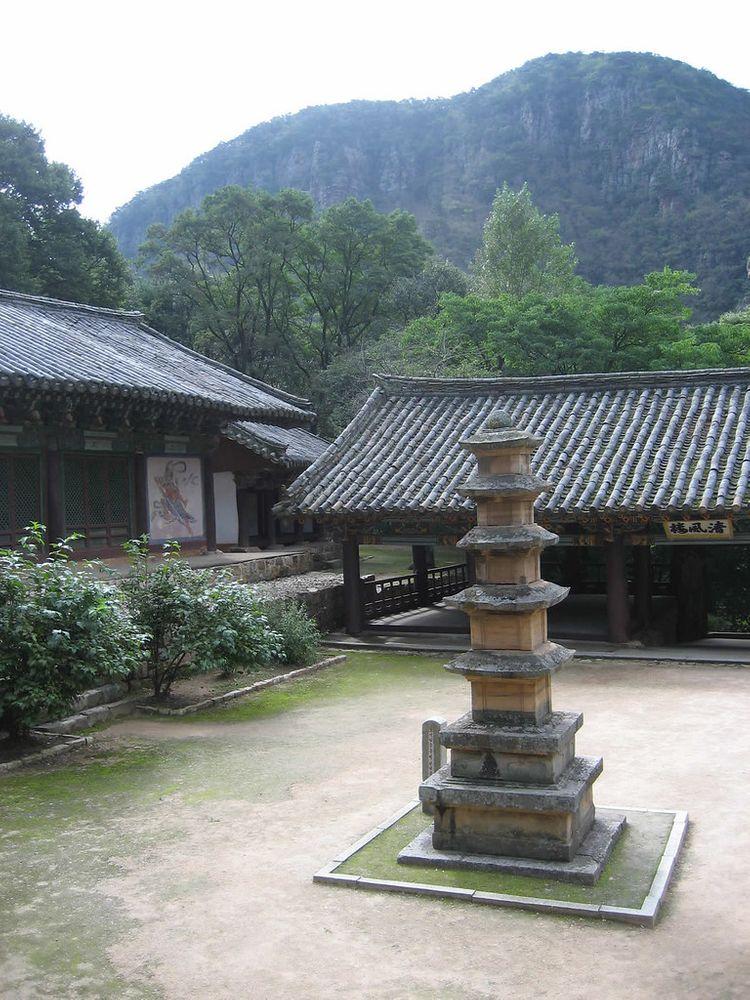


this info is really good, keep it up.
Many thanks for good words!